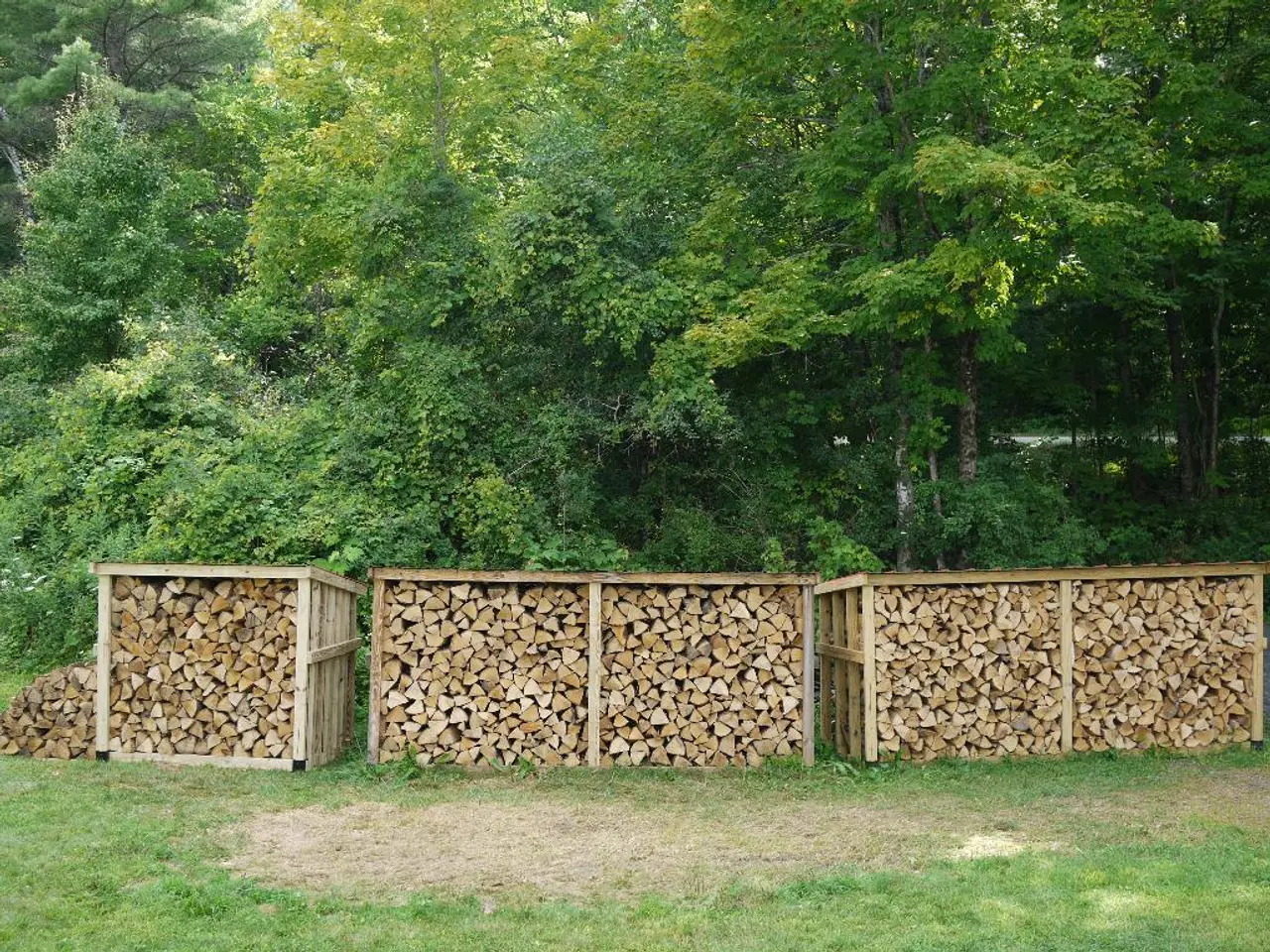Choosing the Ideal Timber for Elevated Flower Beds: A Guide to Your Gardening Endeavor's Perfect Match
In the world of gardening, having a sturdy and long-lasting raised garden bed is essential for a thriving garden. When it comes to choosing the right wood, there are several factors to consider. Here's a breakdown of the best and worst woods for raised garden beds, along with tips to protect and extend their lifespan.
The Best Woods for Raised Garden Beds
The best woods for raised garden beds are naturally rot-resistant and safe for growing food. Untreated cedar, redwood, and Douglas fir are top choices.
Untreated cedar is a standout option due to its durability, pest-resistance, and non-toxicity. It can last 15 to 20 years without chemical treatment. Cedar raised beds have the most resistance to rot and pests.
Redwood, while slightly more expensive than cedar, offers similar benefits. Both cedar and redwood are excellent choices for gardeners who want a long-lasting, pest-resistant bed.
Douglas fir, a moderately priced option, also provides a good lifespan for raised garden beds.
The Worst Woods for Raised Garden Beds
Woods that are not rot-resistant, such as untreated pine or other softer woods, will decay faster when in contact with moist soil.
Protecting and Extending the Life of Raised Garden Beds
To protect wood and extend the life of raised garden beds:
- Use naturally rot-resistant species like cedar or redwood whenever possible.
- Avoid chemically pressure-treated wood for raised beds that grow edible plants to prevent chemical leaching.
- If using less durable wood, apply a non-toxic sealant or wood preservative safe for food gardens to shield from moisture.
- Line the inside of wooden beds with a permeable landscape fabric to reduce soil contact with wood, improve drainage, and lessen rot.
- Place hardware cloth (1/4") on the bottom under the soil to prevent rodents from burrowing into the beds.
- Situate beds over a weed barrier or landscape fabric to reduce weeds, discourage pests, and help soil stay contained and insulated.
Additional Tips
- Scavenging for scrap wood should avoid railroad ties and old telephone poles as they were treated with older, more toxic chemicals, including creosote.
- While modern treated wood is safer, it is still not allowed for use in organic food production.
- An oil-based stain is the best wood sealer for raised garden beds.
- Black locust and cypress are also excellent choices for long-lasting raised garden beds, offering superior lifespans compared to pine and most hardwoods.
In conclusion, untreated cedar or redwood offer the best combination of durability, safety, and longevity for raised garden beds. These woods can last 15+ years naturally. Protect them further by lining beds, avoiding pressure-treated lumber, and using physical barriers to prevent pests and promote drainage. Happy gardening!
[1] Gardening Know How. (n.d.). Choosing the Best Wood for Garden Beds. Retrieved from https://www.gardeningknowhow.com/garden-how-to/updates/choosing-the-best-wood-for-garden-beds.htm [2] The Spruce. (2021, March 23). How to Build a Raised Garden Bed. Retrieved from https://www.thespruce.com/how-to-build-a-raised-garden-bed-3169592 [3] The Old Farmer's Almanac. (n.d.). Raised Garden Beds: Choosing and Using Wood. Retrieved from https://www.almanac.com/gardening/raised-garden-beds-choosing-and-using-wood [4] SF Gate. (2021, March 23). Choosing the Best Wood for Your Raised Garden Bed. Retrieved from https://homeguides.sfgate.com/choosing-best-wood-raised-garden-bed-43430.html
Raised bed gardening, as part of a home-and-garden lifestyle, can significantly enhance one's gardening experience. Opting for rot-resistant, non-toxic woods like untreated cedar, redwood, or Douglas fir is essential for a gardener wanting a long-lasting, pest-resistant raised garden bed that can thrive for 15+ years. To further protect and extend the life of these beds, consider lining them with permeable landscape fabric, avoiding pressure-treated lumber, and using physical barriers to prevent pests and promote adequate drainage.





